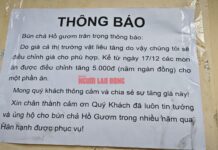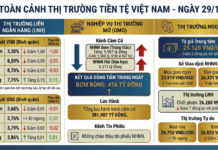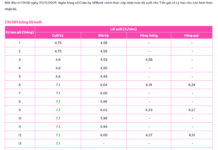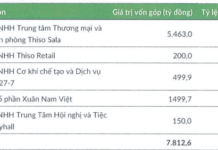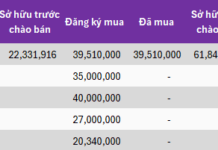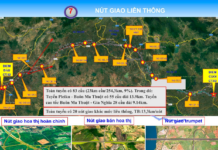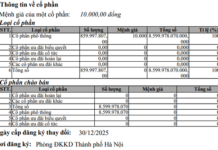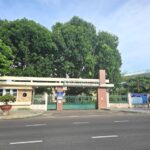Cua Can Lake: A Pivotal Development for the Residential Cluster in Phu Quoc
In early 2024, the Vietnamese government approved the master plan for Phu Quoc City up to 2040. According to this new plan, in addition to the two existing urban-tourism centers in Duong Dong and An Thoi wards, by 2040, Phu Quoc will have two new centers in Cua Can and Bai Truong.
Back in 2022, the People’s Committee of Kien Giang province issued Decision No. 421 approving the socio-economic development plan for Phu Quoc City, which included the Cua Can Lake project as one of its key projects. As per the orientation from the Prime Minister’s Planning 633 in 2010, the Cua Can Lake area has been affirmed as one of the crucial links in developing the northern urban residential cluster. With the goal of forming a new urban-tourism center in Cua Can, this project becomes even more necessary to prioritize investment.
With the Prime Minister’s approval of the master plan, the construction of Cua Can Lake in 2024 will not only solve the shortage of clean water but also contribute to creating a captivating tourism experience, attracting visitors with its pristine and peaceful beauty.
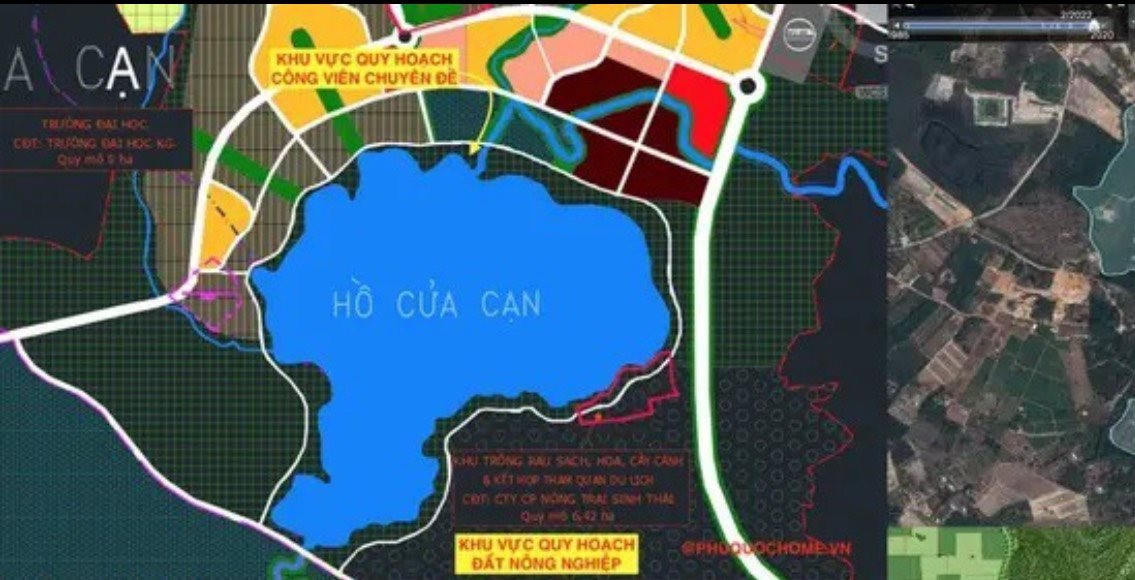
Cua Can Lake’s Master Plan
Cua Can Lake, located in Cua Can commune, Phu Quoc, Kien Giang province, is approximately 6km north of the West coast and the center of Duong Dong town. From a distance, the area where the lake is set to form boasts natural, untouched beauty. Nearby, Cua Can beach is considered an ideal tourist spot for relaxation and enjoyment. Many visitors express their delight in experiencing various exciting outdoor activities such as wading, swimming, fishing, or enjoying the breathtaking sunrise in the early morning.
Not long ago, the Ministry of Construction also emphasized the necessity of investing in the Cua Can Lake reservoir. Once completed, it will address the increasing demand for domestic and irrigation water, not just in the northern area of the island but for the entire city of Phu Quoc.
Lack of Lakes May Lead to Water Scarcity for the Locals
Investing in Cua Can Lake and other water reservoirs becomes even more urgent as, since the beginning of the dry season in 2024, there have been 25 fires in the area managed by Phu Quoc National Park, covering 27.02ha.
According to Mr. Tran Thanh Duoc, Deputy Chief of Kien Giang Forest Ranger, Phu Quoc is currently in the peak season of the dry period, with intense heat and aridity across the island. The water level in some Melaleuca forests has depleted, and the materials in these forests are extremely flammable…
Observations show that several areas in the northern part of Phu Quoc lack sufficient water for irrigation, forcing farmers to use groundwater for production.
Moreover, accommodation facilities such as hotels and resorts in Phu Quoc are also facing challenges in meeting the water demands of tourists. Some establishments shared that they had to resort to transporting large quantities of water by tanker trucks from other places. However, as expressed by representatives of some hotels, this coping strategy incurs significant costs and time.
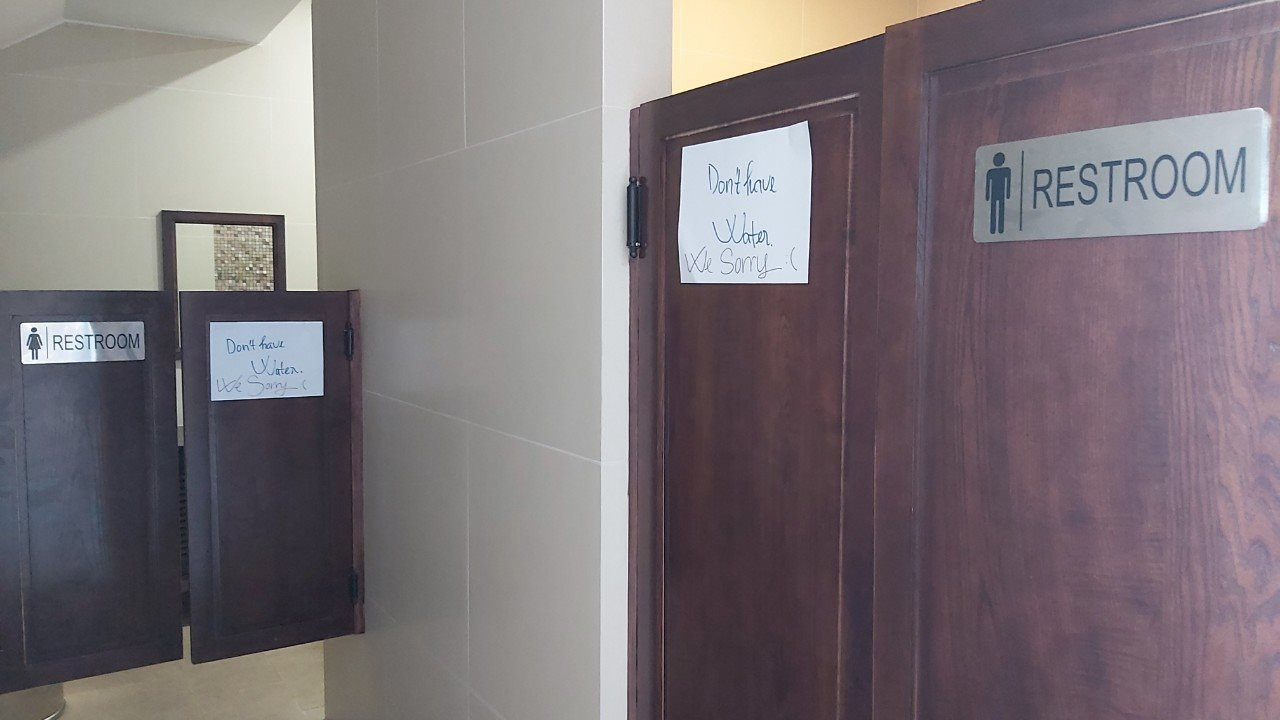
Accommodations in Phu Quoc face challenges in meeting water demands.
Given the alarming shortage of freshwater, the Ministry of Construction has underscored the urgency of investing in and constructing the Cua Can reservoir. Once operational, this project will optimally solve the freshwater shortage and meet the high demand for water for daily and agricultural use in the northern area of the island, specifically, and the entire city of Phu Quoc, in general.
As per the plan, the Cua Can reservoir project, spanning 195 hectares with a capacity of 15 million cubic meters of water, is one of the key projects that align with the overall development plan of Phu Quoc. The construction is expected to commence in 2024 and be completed by 2029. By 2030, the Cua Can Lake is anticipated to operate with a capacity of 10 million cubic meters, and a water treatment plant with an estimated capacity of 50,000 cubic meters per day will be built in the area.
To address the issue of freshwater depletion in Phu Quoc due to harsh weather conditions, the recently announced master plan for the city outlines that water will be supplied from various lakes, including Duong Dong, Suoi Lon, Cua Can, Rach Tram, and Rach Ca. Notably, lake water will be the primary source of water for the city.
By 2030, it is projected to increase the capacity of the Duong Dong water treatment plant to 45,000 cubic meters per day and construct a new Cua Can Lake with a capacity of 10 million cubic meters in the same area, along with a water treatment plant with an expected capacity of 50,000 cubic meters per day.
Therefore, the construction of the Cua Can reservoir is deemed a vital source of water supply for Phu Quoc, especially during the prolonged dry and hot months, ensuring the well-being of the island’s residents.




